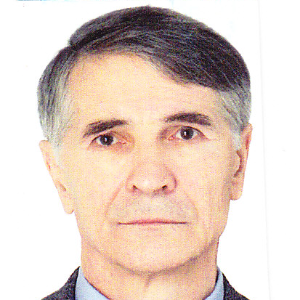Title : Psychosocial pathomorphosis of depressions
Abstract:
The aim of the study is to determine the changes in phenomenology of depressions over the past four decades. We’ve compared the archival date of one of the authors (V.N.K) obtained in the study of depression within 1980-1986 years (1-st group, 103 patients, 47 with Recurrent Depression/RD, and 56 with Bipolar Depression/BD; 53 female, 50 male) and the data of the study of depression carried out in the same clinic within 2015-2021 years (2-nd group, 109 patients, 52 with Recurrent Depression/RD and 57 with Bipolar depression/BD; 54 female, 55 male). Age of patients 21 - 59 years in both groups. Severity of depression: 21 - 32 points by Hamilton Depression Rating Scale (HDRS-17). Besides, the original psychopathological chart, elaborated in 1980 for registration of melancholic symptoms, were used in both studies. The two samples were comparable by age, sex, severity of depression.
Results: biologically mediated symptoms of depressions (heavy sadness with “vitalization”, early awakening, loss of energy, loss of appetite and libido} were the same in both groups; but phenomenology of congruent depressive ideas, connected with self-reflection and moral feelings (worthlessness, guilt, anaesthesia psychica dolorosa), even suicidal ideas are decreasing last decades, especially in young persons. We suppose psycholinguistic reasons, taken into consideration spreading of social media with very poor language instead of live direct communication. Patient are suffering, but have not enough variable emotional language to express their suffering.
Audience Take Away Notes:
- That clinicians have to take into account the linguistic problems in young patients, and develop their skill in clinical interview for revealing hidden suffering in patients
- That researchers have to find some appropriate instruments to explore the influence of virtual communication on phenomenology of depression




